Forgotten scientists of the past who made huge advancements
History is filled with brilliant minds who, despite their groundbreaking contributions, often remain in the shadows of fame. These overlooked innovators have paved the way for modern science and technology.
Our journey today will illuminate the stories of remarkable individuals whose work changed the world, yet their names might not be the first that come to mind. So, let’s dive into the lives and achievements of these extraordinary people.
Mary Anning: The Fossil Hunter Who Reshaped Paleontology
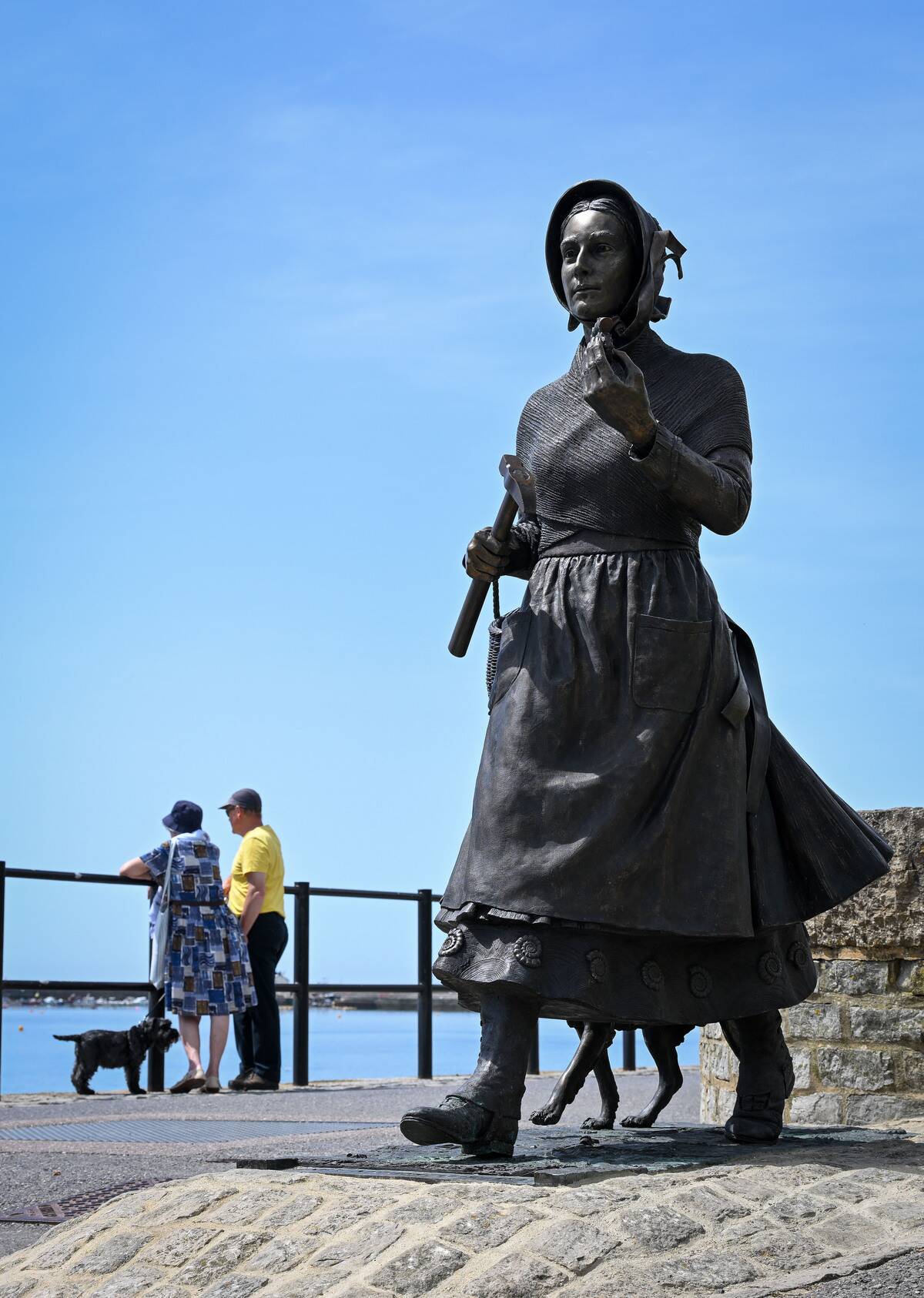
Mary Anning was a pioneering paleontologist who discovered the first complete Ichthyosaurus skeleton at the age of 12. Her findings on the cliffs of Lyme Regis in England provided crucial evidence for extinction, challenging the prevailing beliefs of her time.
Despite her lack of formal education, Anning’s meticulous work laid the groundwork for the field of paleontology, although she received little credit during her lifetime.
Lise Meitner: The Physicist Behind Nuclear Fission
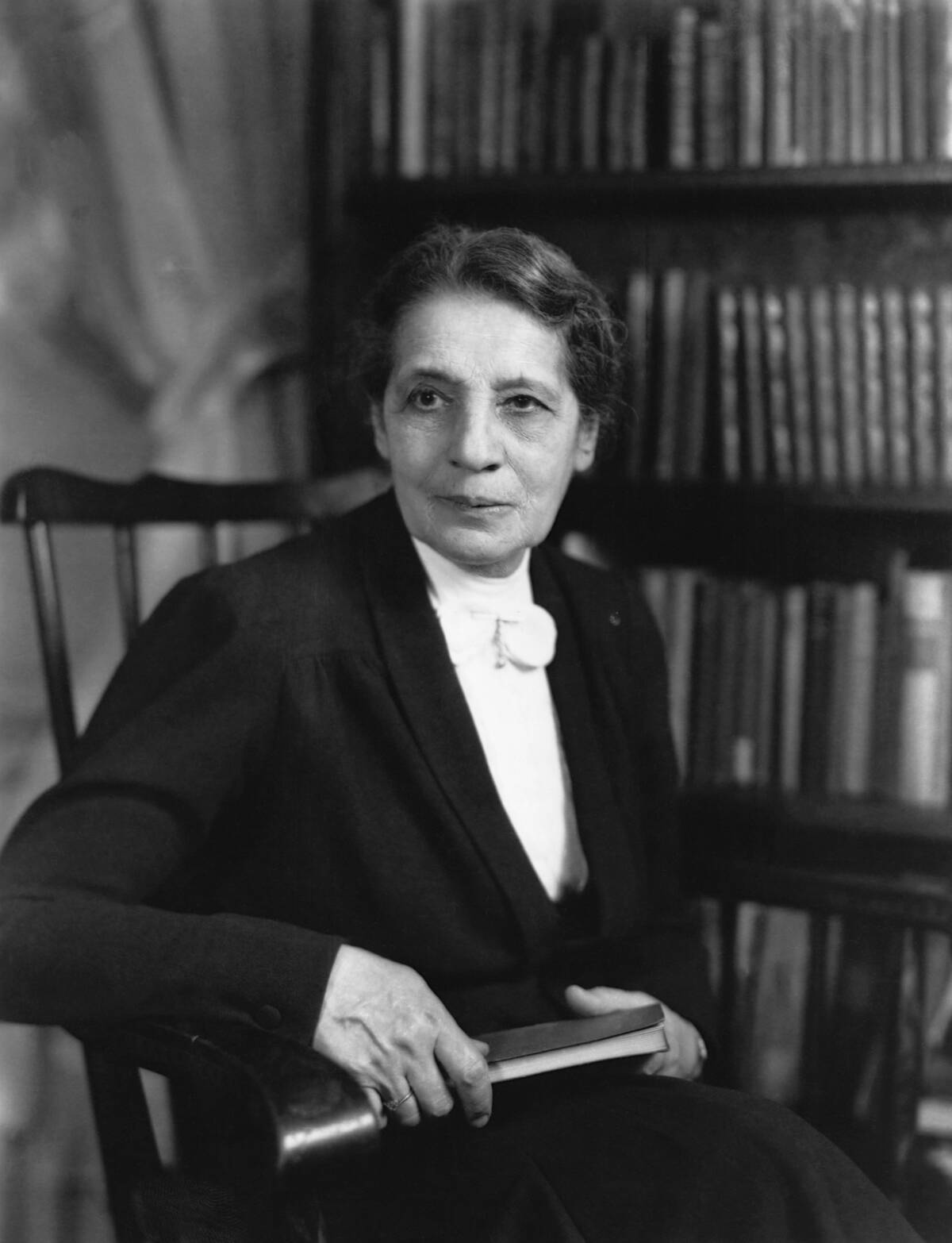
Austrian physicist Lise Meitner played a pivotal role in the discovery of nuclear fission, the process that powers both nuclear reactors and atomic bombs.
Despite being forced to flee Germany in 1938 due to her Jewish ancestry, she continued her research in Sweden. Meitner’s critical contributions were largely overshadowed by her collaborator Otto Hahn, who received the Nobel Prize, yet her legacy as a trailblazer in physics endures.
Rosalind Franklin: The Unsung Hero of DNA Discovery
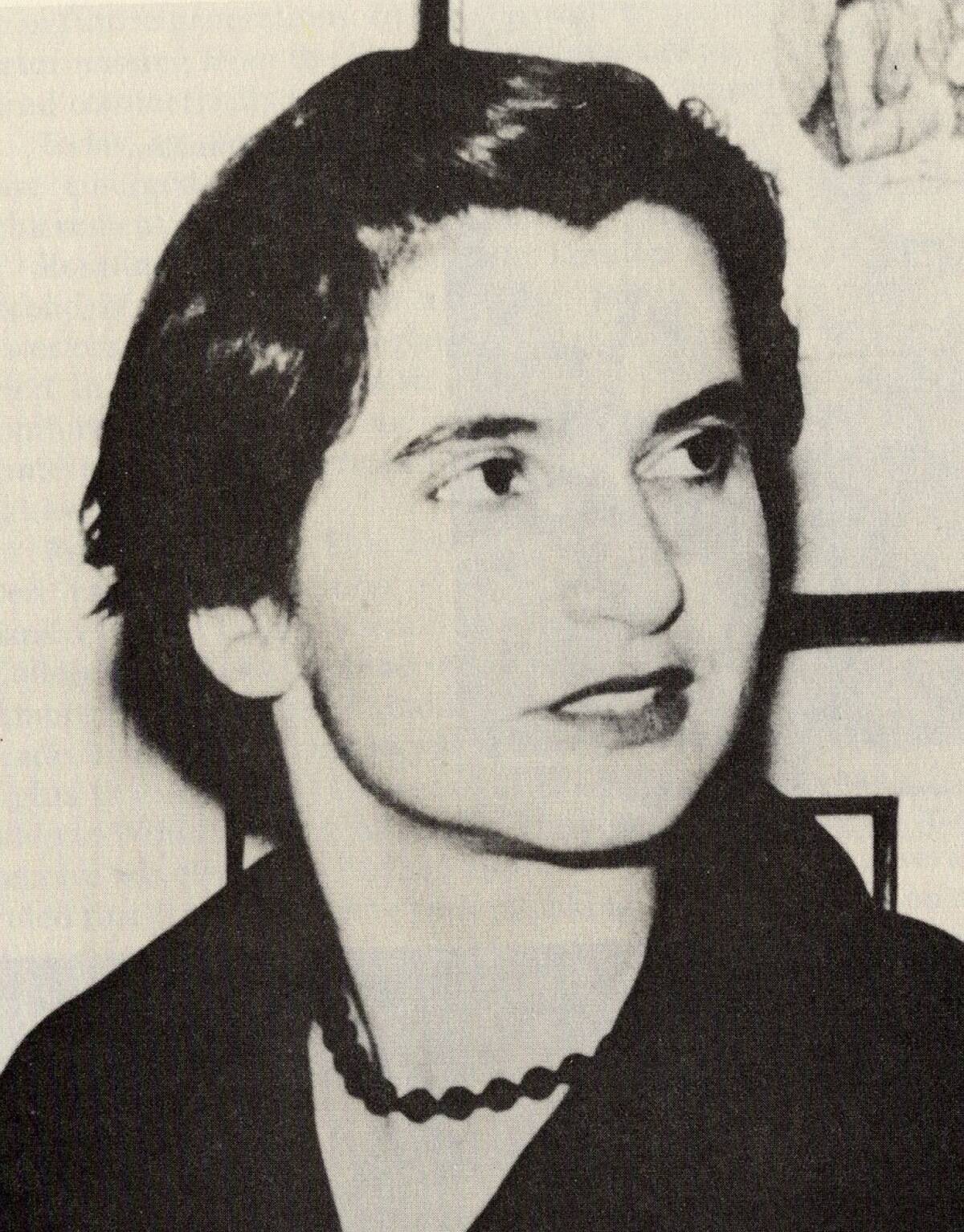
Rosalind Franklin was a gifted chemist whose X-ray diffraction images were crucial to understanding the structure of DNA. Her famous “Photo 51” provided the key evidence needed to identify the double helix structure.
Despite her integral contributions, Franklin’s work was largely unrecognized during her lifetime, with James Watson and Francis Crick receiving most of the credit for the discovery. Her story highlights the challenges faced by women in science.
Alfred Russel Wallace: The Co-Author of Evolutionary Theory
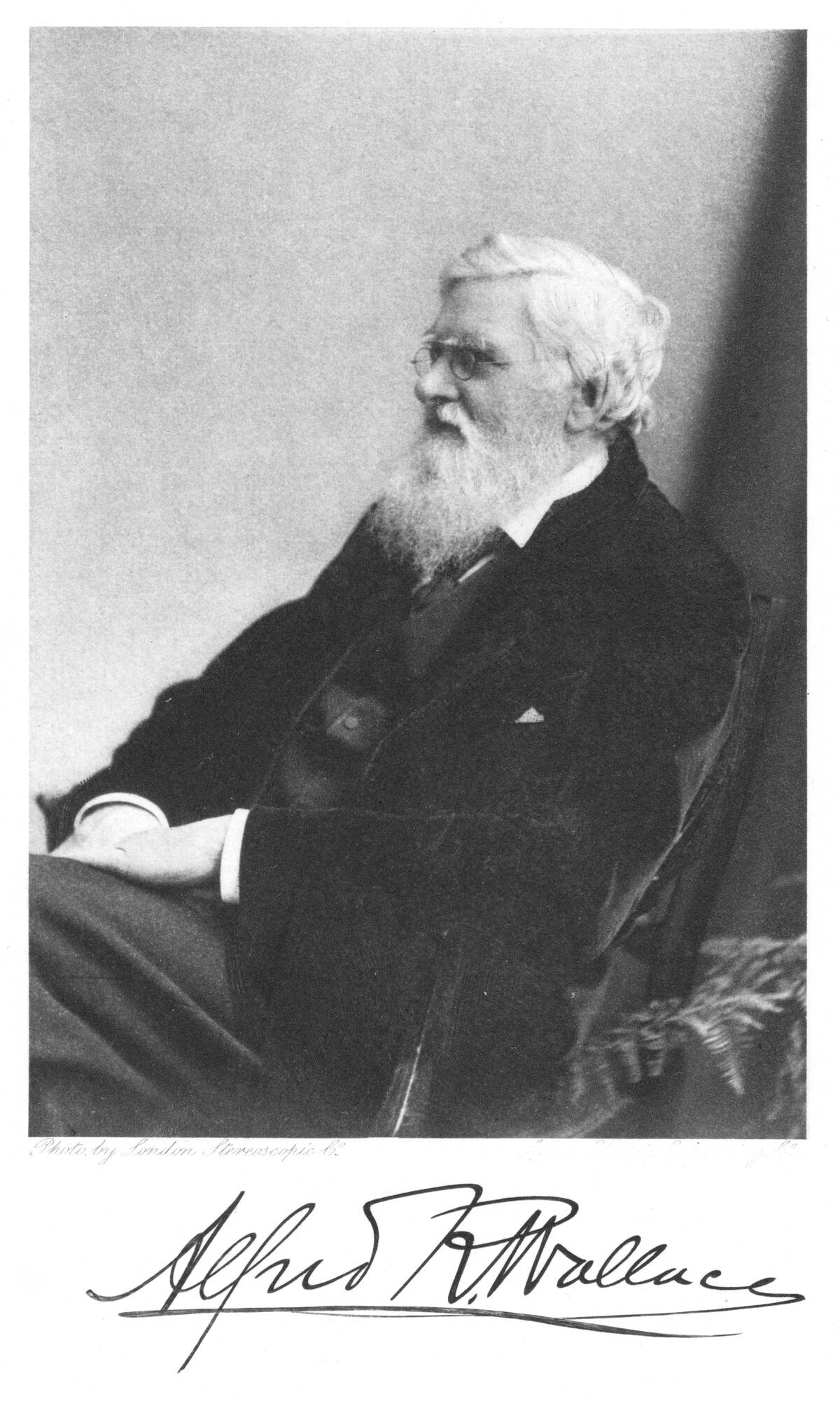
Alfred Russel Wallace independently conceived the theory of evolution through natural selection, prompting Charles Darwin to publish his own ideas. Wallace’s extensive fieldwork in the Malay Archipelago provided a wealth of data supporting evolutionary theory.
While Darwin’s name is synonymous with evolution, Wallace’s contributions were equally significant, earning him the title of the “father of biogeography” for his study of species distribution.
Chien-Shiung Wu: The First Lady of Physics

Chien-Shiung Wu was a Chinese-American physicist whose work on the Manhattan Project and beta decay experiments made significant contributions to nuclear physics.
Her experiment disproving the “law of parity” earned her male colleagues a Nobel Prize, yet she was overlooked. Wu’s dedication to physics and her role as a female scientist in a male-dominated field have inspired generations of women in STEM.
Ada Lovelace: The Enchantress of Numbers

Ada Lovelace, daughter of the famous poet Lord Byron, is often regarded as the world’s first computer programmer. Working alongside Charles Babbage, she developed an algorithm for his Analytical Engine.
Her visionary ideas about the machine’s potential went beyond mere calculation, imagining applications in music and art. Lovelace’s foresight laid the foundation for the digital age, earning her a rightful place in computing history.
George Washington Carver: The Agricultural Pioneer

George Washington Carver was an agricultural scientist who transformed Southern agriculture with his innovative crop rotation methods. He promoted the use of alternative crops like peanuts and sweet potatoes to restore soil depleted by cotton farming.
Carver’s work helped improve the livelihoods of countless farmers and is celebrated for his commitment to education and sustainable farming practices, leaving a lasting impact on agriculture.
Emmy Noether: The Mastermind of Abstract Algebra
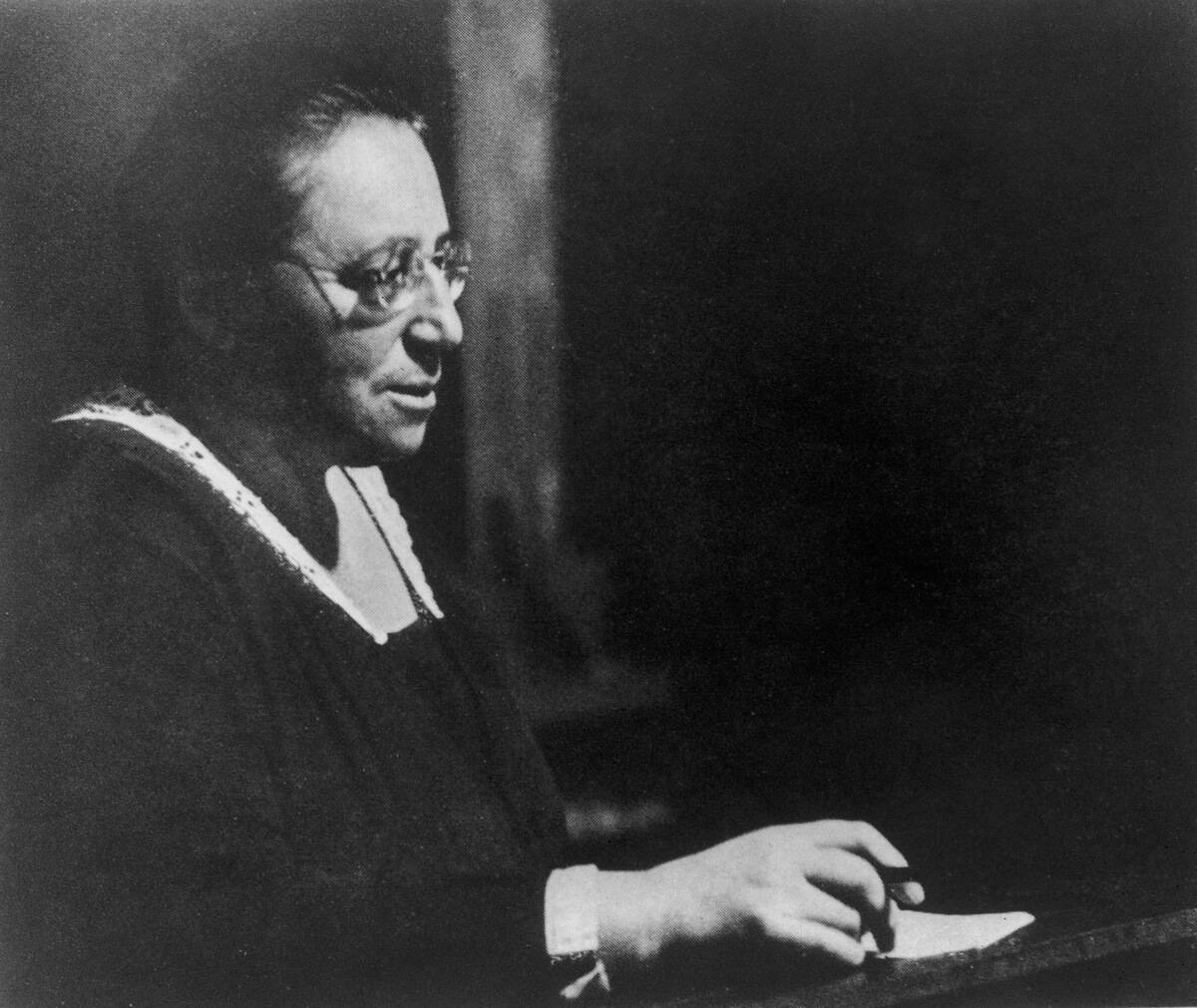
Emmy Noether was a brilliant mathematician whose work in abstract algebra and theoretical physics revolutionized the field. Noether’s theorem, which links symmetries and conservation laws, is a cornerstone of modern physics.
Despite facing gender discrimination in academia, her groundbreaking contributions earned her a place among the greatest mathematicians of the 20th century. Her legacy continues to influence a wide range of scientific disciplines.
Henrietta Leavitt: The Woman Who Measured the Universe

Henrietta Leavitt was an astronomer whose discovery of the relationship between the luminosity and period of Cepheid variable stars enabled the measurement of cosmic distances.
Her work laid the foundation for Edwin Hubble’s discovery of the expanding universe. Although she received little recognition during her lifetime, Leavitt’s contributions were crucial in advancing our understanding of the scale of the universe.
Ignaz Semmelweis: The Savior of Mothers

Ignaz Semmelweis was a Hungarian physician whose insistence on handwashing dramatically reduced maternal mortality rates in the 19th century. By implementing strict hand hygiene protocols in maternity wards, he drastically cut the incidence of puerperal fever.
Despite the initial resistance from the medical community, Semmelweis’s work laid the groundwork for modern antiseptic procedures, earning him the nickname “the savior of mothers.”
Cecilia Payne-Gaposchkin: The Astronomer Who Unveiled the Stars

Cecilia Payne-Gaposchkin was an astronomer who proposed that stars are primarily composed of hydrogen and helium, contrary to the prevailing belief that they had a similar composition to Earth.
Her groundbreaking doctoral thesis was initially met with skepticism but later validated, fundamentally changing our understanding of stellar composition. Payne-Gaposchkin’s work highlighted the importance of spectroscopic analysis in astronomy.
Nettie Stevens: The Geneticist Who Discovered Chromosomal Sex Determination

Nettie Stevens was a pioneering geneticist who discovered that sex is determined by specific chromosomes. Through her meticulous research on mealworms, she identified the X and Y chromosomes, the basis for chromosomal sex determination.
Stevens’s findings were pivotal in the field of genetics, yet her contributions were overshadowed by her male contemporaries. Her work laid the foundation for modern genetic and biological research.
J.J. Thomson: The Man Who Discovered the Electron

J.J. Thomson was a physicist whose discovery of the electron revolutionized the field of atomic physics. Using cathode ray experiments, he proved the existence of these tiny negatively charged particles, challenging the traditional model of the atom.
Thomson’s groundbreaking work earned him the Nobel Prize in Physics in 1906, and his findings paved the way for future explorations into the structure of the atom and quantum mechanics.
Annie Jump Cannon: The Star Classifier Extraordinaire

Annie Jump Cannon was an astronomer whose work in stellar classification laid the groundwork for modern astrophysics. She developed the Harvard Classification Scheme, organizing stars by their spectra.
Despite facing gender discrimination, Cannon cataloged over 350,000 stars, earning her a prominent place in astronomical history. Her contributions to the understanding of stellar properties continue to influence the field today.
Joseph Lister: The Father of Modern Surgery
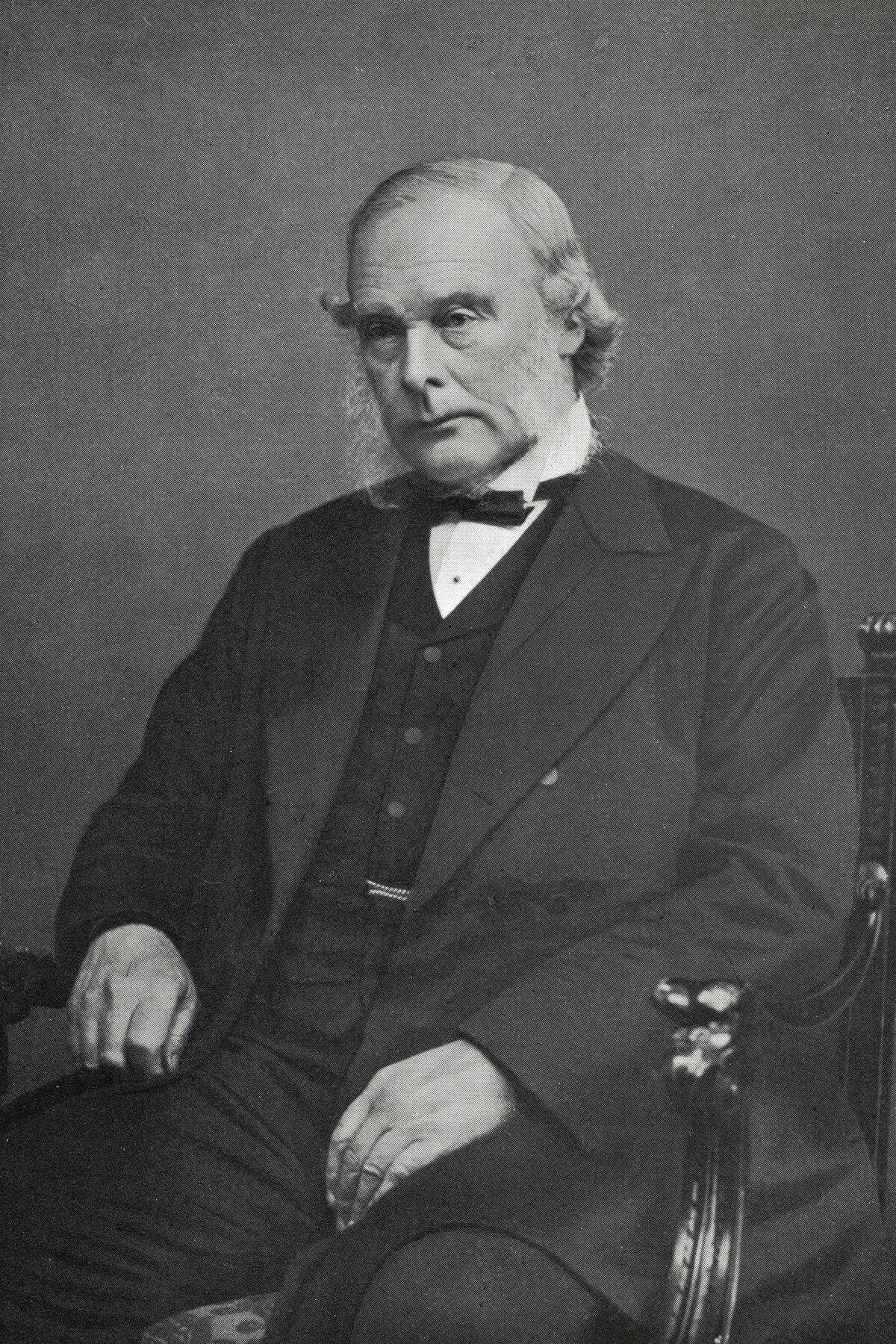
Joseph Lister was a surgeon who revolutionized the practice of surgery with his introduction of antiseptic techniques. By applying carbolic acid to surgical wounds, he dramatically reduced infection rates, transforming surgery from a high-risk procedure into a safer medical practice.
Lister’s pioneering work laid the foundation for modern aseptic techniques, saving countless lives and earning him the title “father of modern surgery.”
Maria Sibylla Merian: The Trailblazing Entomologist
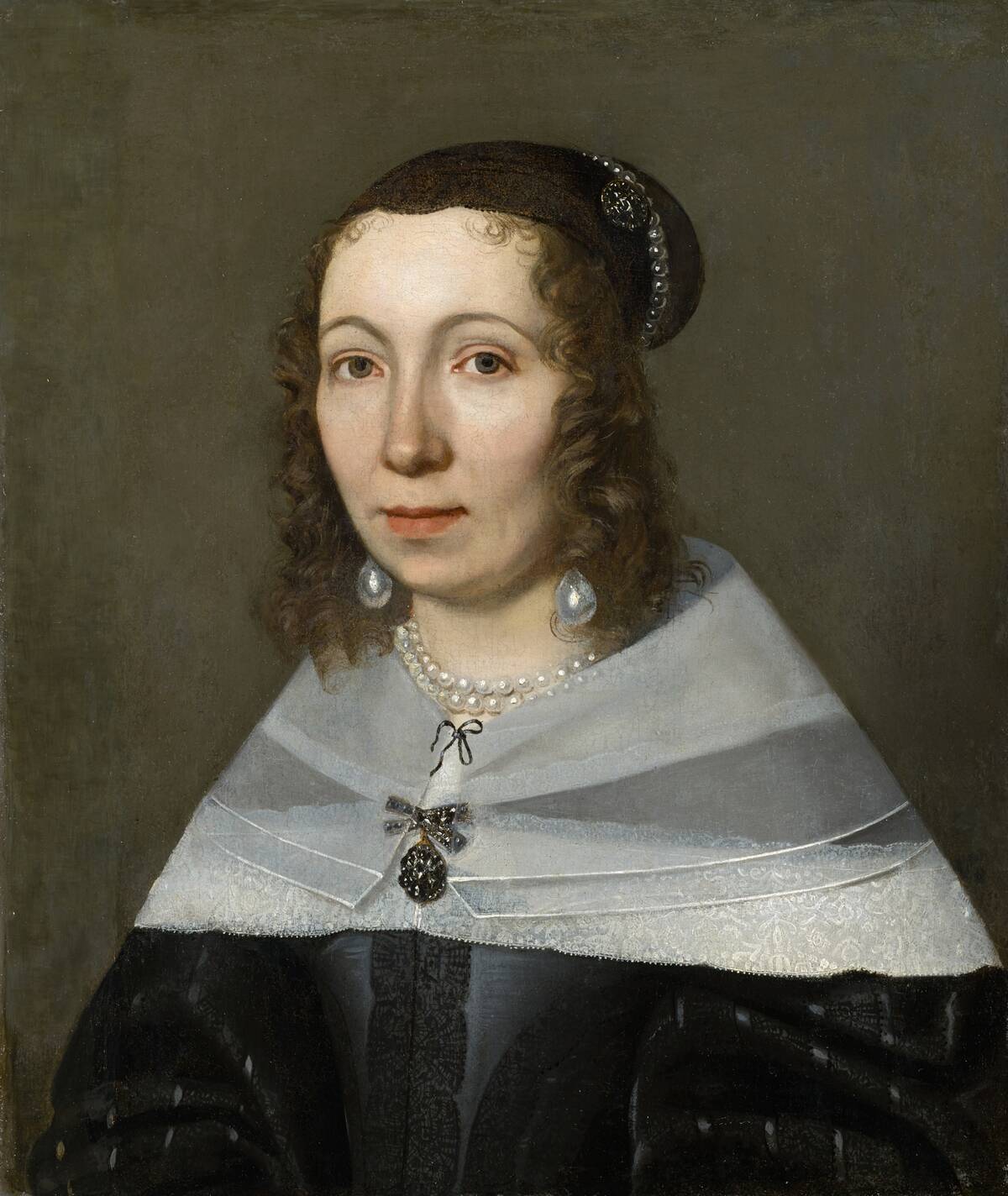
Maria Sibylla Merian was a naturalist and artist whose detailed observations and illustrations of insects laid the groundwork for modern entomology. Her work documented the life cycles of butterflies, challenging the notion of spontaneous generation.
Merian’s meticulous studies were groundbreaking in the 17th century, providing insights into the complex relationships between insects and plants. Her legacy as a pioneer in natural history is celebrated today.
Nikola Tesla: The Visionary Behind Modern Electricity

Nikola Tesla was an inventor and electrical engineer whose innovations laid the foundation for modern electrical systems. His development of alternating current (AC) technology revolutionized the transmission of electricity, making it safer and more efficient.
Despite numerous inventions, including the Tesla coil and contributions to wireless communication, Tesla’s accomplishments were often overshadowed by his eccentric personality and financial struggles. His visionary ideas continue to inspire technological advancements.



